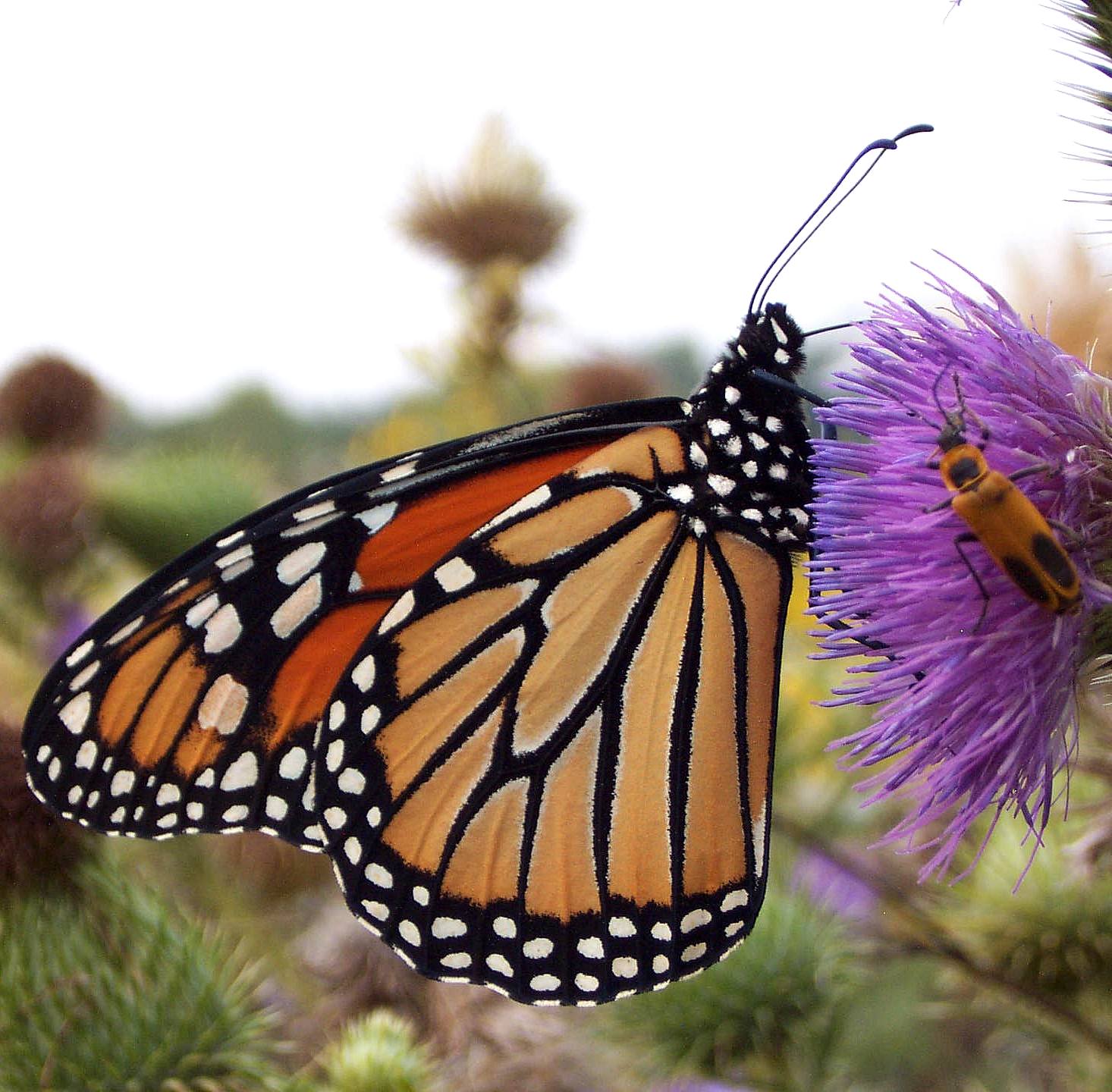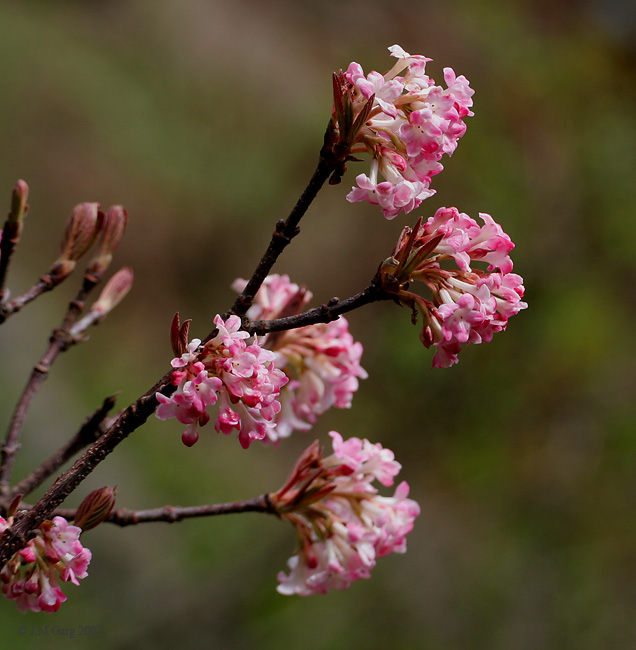|
Viburnum × Jackii
''Viburnum'' × ''jackii'' (Jack's viburnum) is a viburnum of cultivated origin. It is a hybrid between ''Viburnum lentago'' and ''Viburnum prunifolium''. It is a deciduous shrub A shrub (often also called a bush) is a small-to-medium-sized perennial woody plant. Unlike herbaceous plants, shrubs have persistent woody stems above the ground. Shrubs can be either deciduous or evergreen. They are distinguished from trees ... intermediate between its parents, growing to 8 m tall.Huxley, A., ed. (1992). ''New RHS Dictionary of Gardening''. Macmillan .Jack's_Viburnum_-_Viburnum_X_jackii_Rehd._Morton_Arboretum_accession_415-82-1/ref> _References Viburnum.html" ;"title="Morton Arboretum accession 415-82-1">Morton Arboretum">Jack's Viburnum - Viburnum X jackii Rehd. Morton Arboretum accession 415-82-1/ref> References Viburnum">jackii Interspecific plant hybrids {{Dipsacales-stub ... [...More Info...] [...Related Items...] OR: [Wikipedia] [Google] [Baidu] |
Morton Arboretum
The Morton Arboretum, in Lisle, Illinois, United States, is a public garden, and outdoor museum with a library, herbarium, and program in tree research including the Center for Tree Science. Its grounds, covering 1,700 acres (6.9 square kilometres), include cataloged collections of trees and other living plants, gardens, and restored areas, among which is a restored tallgrass prairie. The living collections include more than 4,100 different plant species. There are more than 200,000 cataloged plants. As a place of recreation, the Arboretum has hiking trails, roadways for driving and bicycling, a interactive children's garden and a maze. The Schulenberg Prairie at the Arboretum was one of the earliest prairie restoration projects in the Midwest, begun in 1962. It is one of the largest restored prairies in the Chicago suburban area. The Arboretum offers an extensive nature-centered education program for children, families, school groups, scouts, and adults, including tree and r ... [...More Info...] [...Related Items...] OR: [Wikipedia] [Google] [Baidu] |
Viburnum
''Viburnum'' is a genus of about 150–175 species of flowering plants in the moschatel family Adoxaceae. Its current classification is based on molecular phylogeny. It was previously included in the honeysuckle family Caprifoliaceae. The member species are evergreen or deciduous shrubs or (in a few cases) small trees native throughout the temperate Northern Hemisphere, with a few species extending into tropical montane regions in South America and southeast Asia. In Africa, the genus is confined to the Atlas Mountains. Name The generic name ''Viburnum'' originated in Latin, where it referred to '' V. lantana''. Description The leaves are opposite, simple, and entire, toothed or lobed; cool temperate species are deciduous, while most of the warm temperate species are evergreen. Some species are densely hairy on the shoots and leaves, with star-shaped hairs. The flowers are produced in corymbs 5–15 cm across, each flower white to cream or pink, small, 3–5 mm ... [...More Info...] [...Related Items...] OR: [Wikipedia] [Google] [Baidu] |
Hybrid Species
Hybrid speciation is a form of speciation where hybridization between two different species leads to a new species, reproductively isolated from the parent species. Previously, reproductive isolation between two species and their parents was thought to be particularly difficult to achieve, and thus hybrid species were thought to be very rare. With DNA analysis becoming more accessible in the 1990s, hybrid speciation has been shown to be a somewhat common phenomenon, particularly in plants. In botanical nomenclature, a hybrid species is also called a nothospecies. Hybrid species are by their nature polyphyletic. Ecology A hybrid may occasionally be better fitted to the local environment than the parental lineage, and as such, natural selection may favor these individuals. If reproductive isolation is subsequently achieved, a separate species may arise. Reproductive isolation may be genetic, ecological, behavioral, spatial, or a combination of these. If reproductive isolation fa ... [...More Info...] [...Related Items...] OR: [Wikipedia] [Google] [Baidu] |
Viburnum Lentago
''Viburnum lentago'', the nannyberry, sheepberry, or sweet viburnum, is a species of ''Viburnum'' native to North America. Description It is a large shrub or small tree growing upwards to tall with a trunk up to in diameter and a short trunk, round-topped head, pendulous, flexible branches. The bark is reddish- to grayish-brown, and broken into small scales. The twigs are pale green and covered with rusty down at first, later becoming dark reddish brown, sometimes glaucous, smooth, tough, flexible, and produce an offensive odor when crushed or bruised. The winter buds are light red, covered with pale scurfy down, protected by a pair of opposing scales. Flower-bearing buds are long, obovate, long pointed; other terminal buds are acute, long, while lateral buds are much smaller. The bud scales enlarge with the growing shoot and often become leaf-like. Like all viburnums, the leaves are arranged in opposite pairs on the twigs; they are oval, long and broad, wedge-shaped, roun ... [...More Info...] [...Related Items...] OR: [Wikipedia] [Google] [Baidu] |
Viburnum Prunifolium
''Viburnum prunifolium'' (known as blackhaw or black haw, blackhaw viburnum, sweet haw, and stag bush) is a species of ''Viburnum'' native to eastern North America, from Connecticut west to eastern Kansas, and south to Alabama and Texas. Growth It is a deciduous shrub or small tree growing to tall with a short crooked trunk and stout spreading branches; in the northern parts of its range, it is a shrub, becoming a small tree in the southern parts of its range. The bark is reddish-brown, very rough on old stems. The branchlets are red at first, then green, finally dark brown tinged with red. The winter buds are coated with rusty tomentum. The flower buds ovate, 1 cm long, much larger than the axillary buds. The leaves are simple, up to 9 cm long and 6 cm broad, oval, ovate or orbicular, wedge-shaped or rounded at base, serrate, acute, with serrated edges with a grooved and slightly winged red petiole 1.5 cm long; they turn red in fall. The leaves are superfi ... [...More Info...] [...Related Items...] OR: [Wikipedia] [Google] [Baidu] |
Deciduous
In the fields of horticulture and Botany, the term ''deciduous'' () means "falling off at maturity" and "tending to fall off", in reference to trees and shrubs that seasonally shed leaves, usually in the autumn; to the shedding of petals, after flowering; and to the shedding of ripe fruit. The antonym of ''deciduous'' in the botanical sense is evergreen. Generally, the term "deciduous" means "the dropping of a part that is no longer needed or useful" and the "falling away after its purpose is finished". In plants, it is the result of natural processes. "Deciduous" has a similar meaning when referring to animal parts, such as deciduous antlers in deer, deciduous teeth (baby teeth) in some mammals (including humans); or decidua, the uterine lining that sheds off after birth. Botany In botany and horticulture, deciduous plants, including trees, shrubs and herbaceous perennials, are those that lose all of their leaves for part of the year. This process is called abscissio ... [...More Info...] [...Related Items...] OR: [Wikipedia] [Google] [Baidu] |
Shrub
A shrub (often also called a bush) is a small-to-medium-sized perennial woody plant. Unlike herbaceous plants, shrubs have persistent woody stems above the ground. Shrubs can be either deciduous or evergreen. They are distinguished from trees by their multiple stems and shorter height, less than tall. Small shrubs, less than 2 m (6.6 ft) tall are sometimes termed as subshrubs. Many botanical groups have species that are shrubs, and others that are trees and herbaceous plants instead. Some definitions state that a shrub is less than and a tree is over 6 m. Others use as the cut-off point for classification. Many species of tree may not reach this mature height because of hostile less than ideal growing conditions, and resemble a shrub-sized plant. However, such species have the potential to grow taller under the ideal growing conditions for that plant. In terms of longevity, most shrubs fit in a class between perennials and trees; some may only last about five y ... [...More Info...] [...Related Items...] OR: [Wikipedia] [Google] [Baidu] |
Viburnum
''Viburnum'' is a genus of about 150–175 species of flowering plants in the moschatel family Adoxaceae. Its current classification is based on molecular phylogeny. It was previously included in the honeysuckle family Caprifoliaceae. The member species are evergreen or deciduous shrubs or (in a few cases) small trees native throughout the temperate Northern Hemisphere, with a few species extending into tropical montane regions in South America and southeast Asia. In Africa, the genus is confined to the Atlas Mountains. Name The generic name ''Viburnum'' originated in Latin, where it referred to '' V. lantana''. Description The leaves are opposite, simple, and entire, toothed or lobed; cool temperate species are deciduous, while most of the warm temperate species are evergreen. Some species are densely hairy on the shoots and leaves, with star-shaped hairs. The flowers are produced in corymbs 5–15 cm across, each flower white to cream or pink, small, 3–5 mm ... [...More Info...] [...Related Items...] OR: [Wikipedia] [Google] [Baidu] |



